The Introductory Riding course is a pre-requisite for all potential EA coaches as well as being of huge benefit to ANY person wanting to develop their equine riding knowledge.
This course delivers the knowledge necessary for all potential coaches to be able to ride the movements required for the
Coaching component of the Introductory Coaching qualification plus all the theory necessary to teach these movements.
Our course is provided online covering the 5 necessary units with 10 hours of video education. To participate in the assessment a further 20 hours is recommended. This time frame can be different from person to person.
We offer a Live Zoom Question and Answer session held on the evening of the first Tuesday of each month, to work through any queries you may have regarding the course and its topics.
There are optional practical sessions available to practice your skills under guidance prior to assessments, held on the first Sunday of March, June and September.
Bookings are essential to attend.
For participants wanting to take part in the Equestrian Australia final assessment a manual will need to be purchased from Equestrian Australia.
These assessments can be booked on alternate days to our specified practical sessions.
Bookings are essential.
Alternatively, you can book an independent Equestrian Australia Coach Educator (perfect for our interstate students).
A horse is required for the assessment. If you do not have your own horse, we do have school horses available for hire -please let us know if we need to provide one for you for the duration of your assessment.
Limited Time Special Deal $1,650 $295
LIFETIME ACCESS
82% Less than Regular Price
OR
Buy All 3 Introductory Courses:
**Introductory Horse Management
**Introductory Horse Riding
**Introductory Coaching
Bundle Deal $3,300 $790
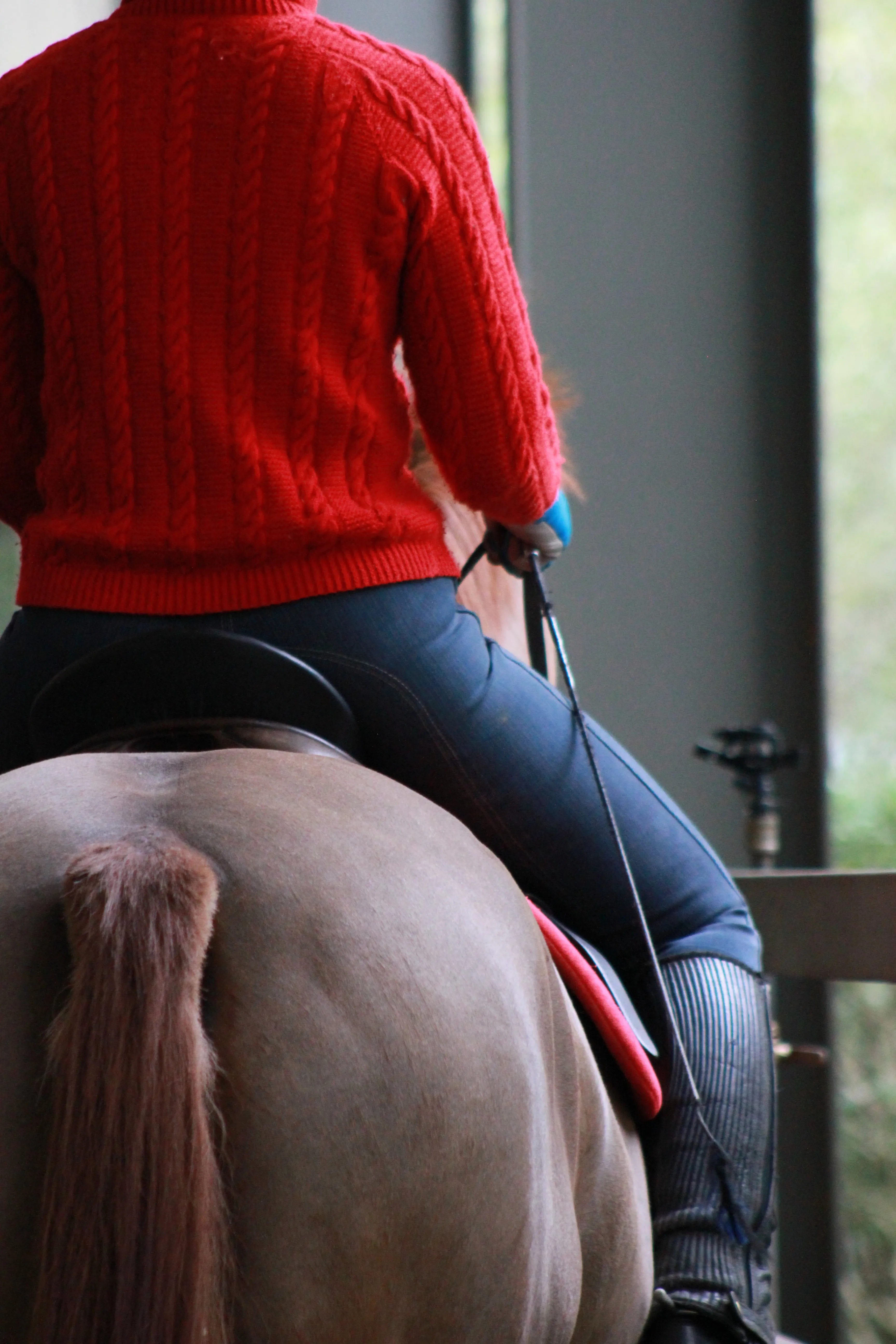
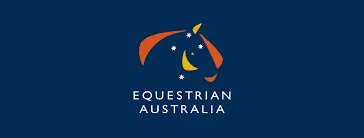
This course covers the theory component of the Equestrian Australia Introductory Riding Course.
This is an internationally recognized qualification. To move forward, a manual is required to be purchased from Equestrian Australia national office by following this link.
Once you have completed the theory component of the Introductory Riding Course, your practical skills will need to be found competent. We provide face-to-face practical sessions throughout each year for anyone wanting to get 'hand-on' experience to test there riding and lunging skills before undergoing the riding assessment. Click HERE to view upcoming dates.
To fulfill the Ea Introductory Riding qualification, an assessment by an EA qualified educator is required. Please follow this link to a list of coach educators.
We can also provide assessments for candidates.
Understanding tack and gear ensures the correct and comfortable use of equipment, enhancing both horse and rider performance. Mastering the upright seat and principles of forward movement provides a strong foundation for effective riding. Knowledge of paces, transitions, and preliminary ride movements allows for smoother, more controlled riding. Familiarity with arena rules and proper warm-up and cool-down routines promotes safety, prevents injury, and prepares both horse and rider for optimal performance. This comprehensive knowledge is key to developing confident, skilled, and responsible riders.
Tack & Gear
The Upright Seat
Principles of Forward Movement
Paces & Transition
Ride Movements & Tracks of Preliminary
Arena Rules
Warm Up and Cool Down
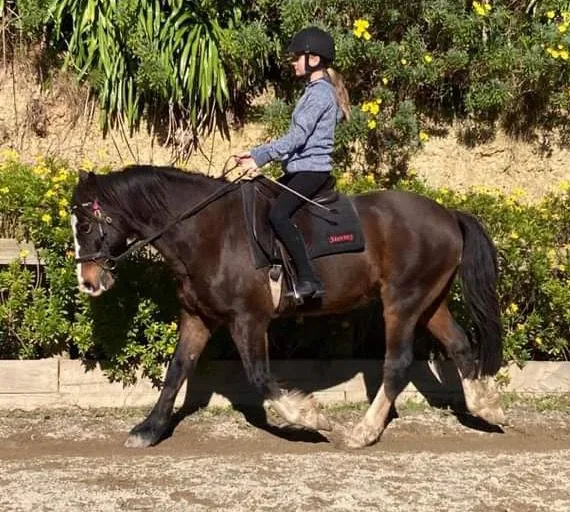
Mastering the forward seat is essential for balance and control, especially during jumping or fast-paced riding. Knowing how to ride over poles improves precision, coordination, and prepares both horse and rider for more advanced obstacles. Riding in the open builds confidence and adaptability, allowing riders to handle varied terrains and environments. Understanding the rules and techniques for riding on the road ensures safety for both horse and rider when navigating traffic and public spaces. This knowledge equips riders to handle diverse situations with skill and safety.
The Forward Seat
Riding Over Poles
Riding in the Open
Riding on the Road

Learning how to lunge a horse improves control and communication while supporting training, exercise, and rehabilitation. Selecting and preparing a safe lungeing area is essential for preventing accidents and ensuring the horse’s well-being. Proper handling of lungeing equipment, such as lines and whips, is crucial for effective and safe practice. Demonstrating correct lungeing techniques not only reinforces your skills but also promotes better behaviour and fitness in the horse, ensuring a safe environment for both horse and handler.
Lunge the Horse
Safe Lungeing area
Correct Handling of Equipment
Demonstrate Lungeing a Horse
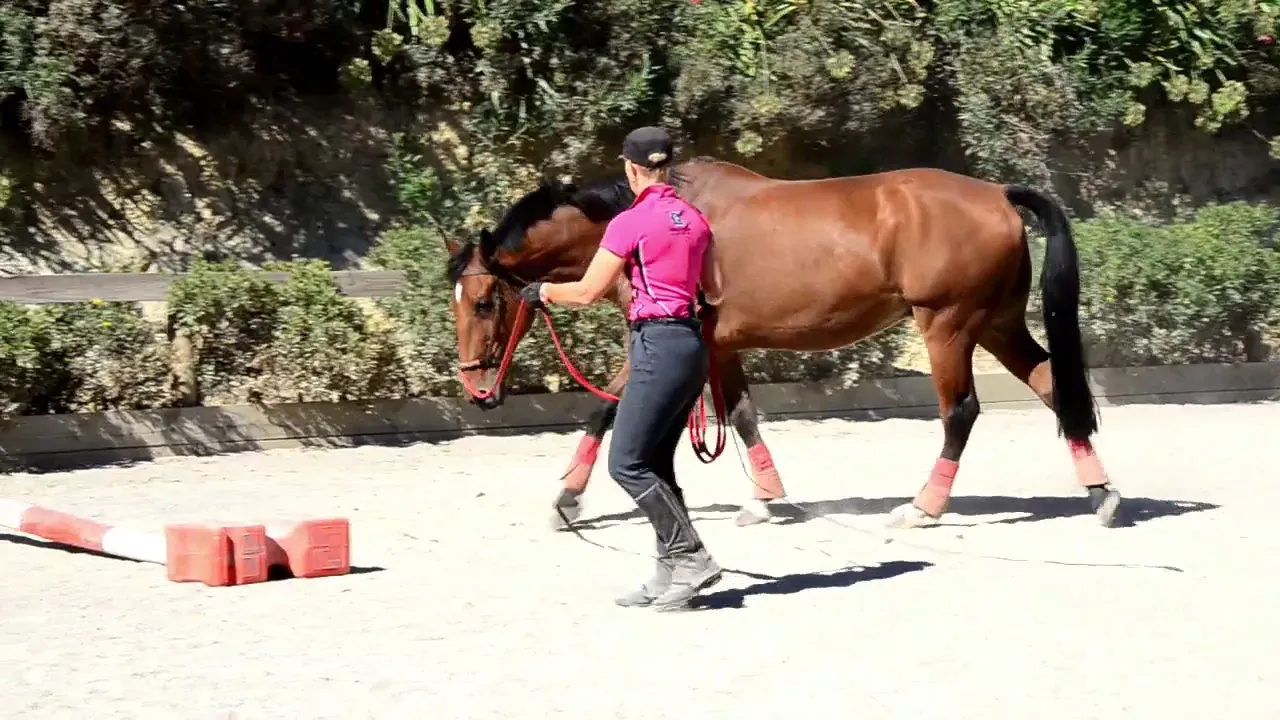
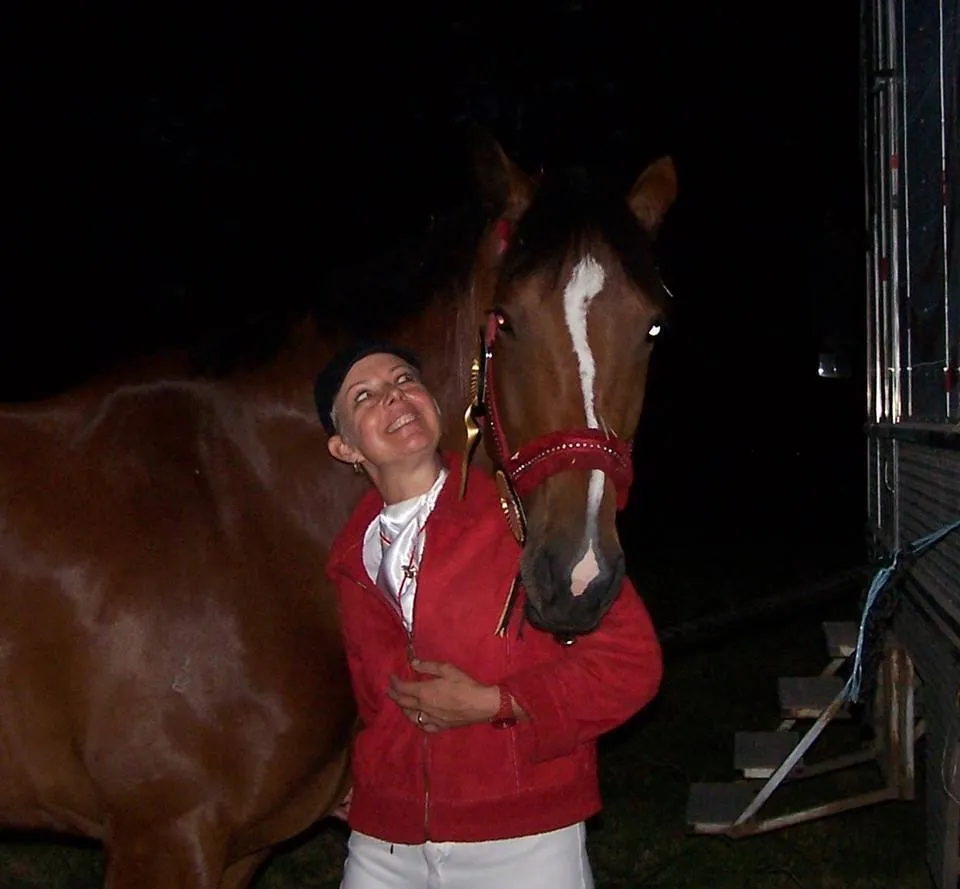
My name is Leanne Williams.
And I am here to help YOU with all my 35 years of experience!!
I had my first riding lesson at 19, by 29 I was riding Grand Prix and the youngest Grand Prix rider in the country at the time.
My horse, Avoca Black Saint, I purchased as a 5yo who had done a little show jumping. I was completely over mounted and out of my depth. He was a Clydesdale Thoroughbred cross, black with 4 white sock and a star and knew nothing.
I spent every spare cent I earned on riding lessons, finding mentors who resonated with the way I felt about horses and the way I wanted to train them.
I have completed my Equestrian Australia Level 3 Dressage qualifications then searching for more, found The School of Légèreté and became the first licensed teacher in Australia.
I have now worked with 1000’s of horses and their owners, aiding them to become the safest and the most satisfied with their goals.
Created a system that can be used with any horse and rider combination to enable a confident and safe outcome.
And that’s what I have dedicated my life to for the last 35 years.
It’s time for me to share my knowledge. I would love every horse person to have the system I have created and enjoy the wonderful, fulfilling journey of horses for a minimal cost.
I just can’t wait to help you with your Riding journey😊
Check our Reviews out...